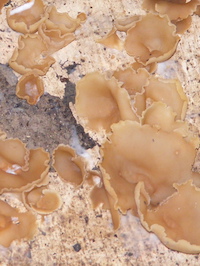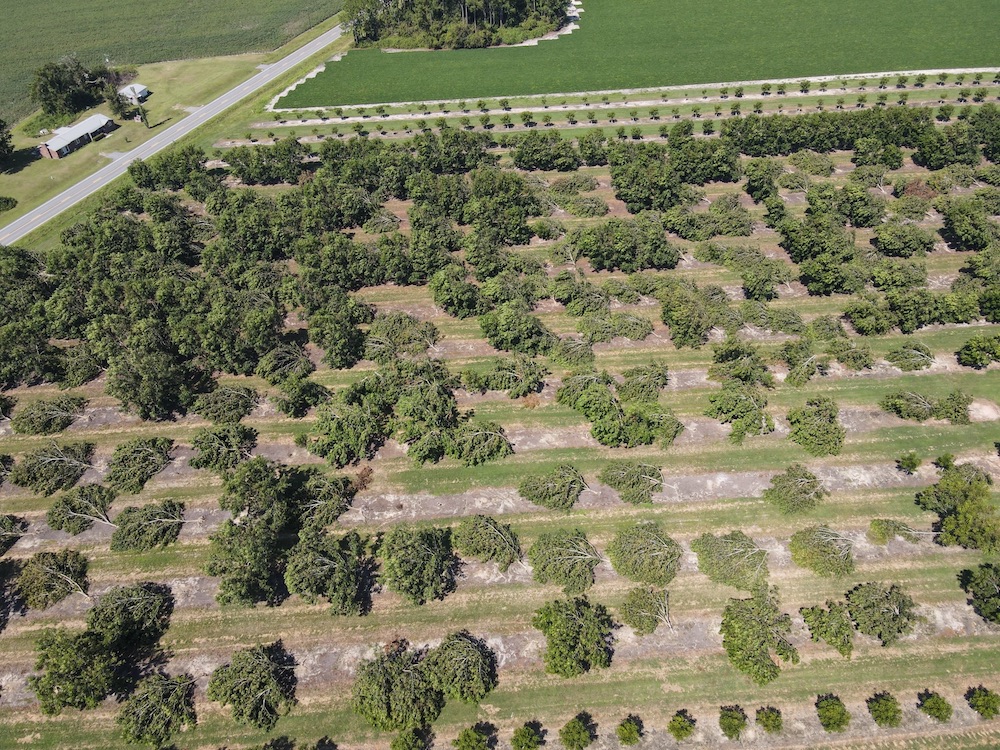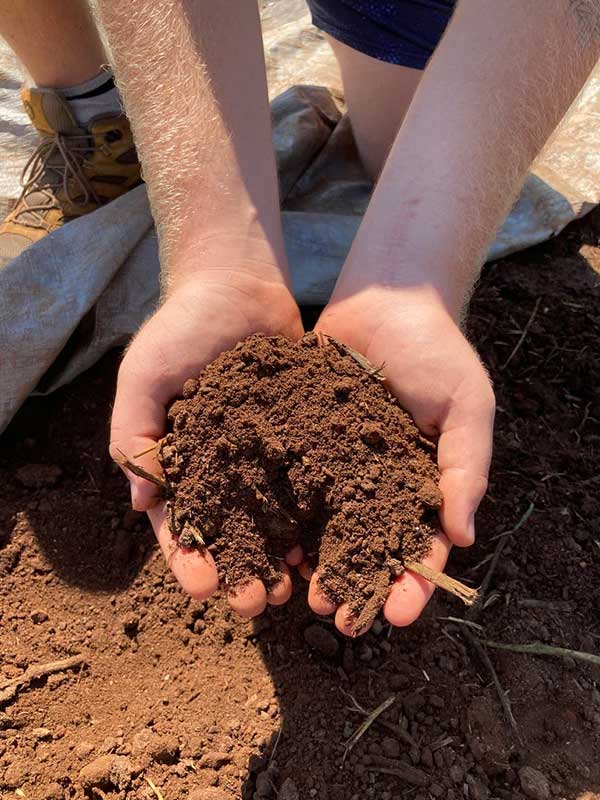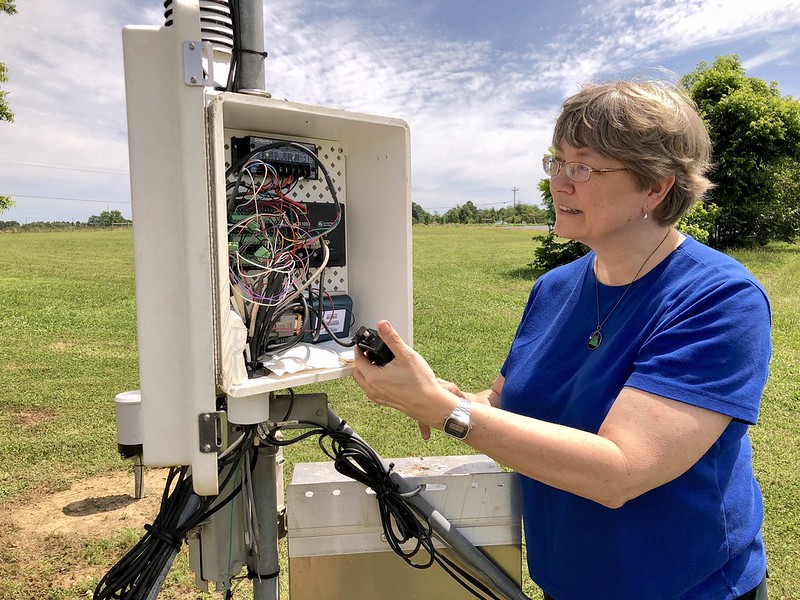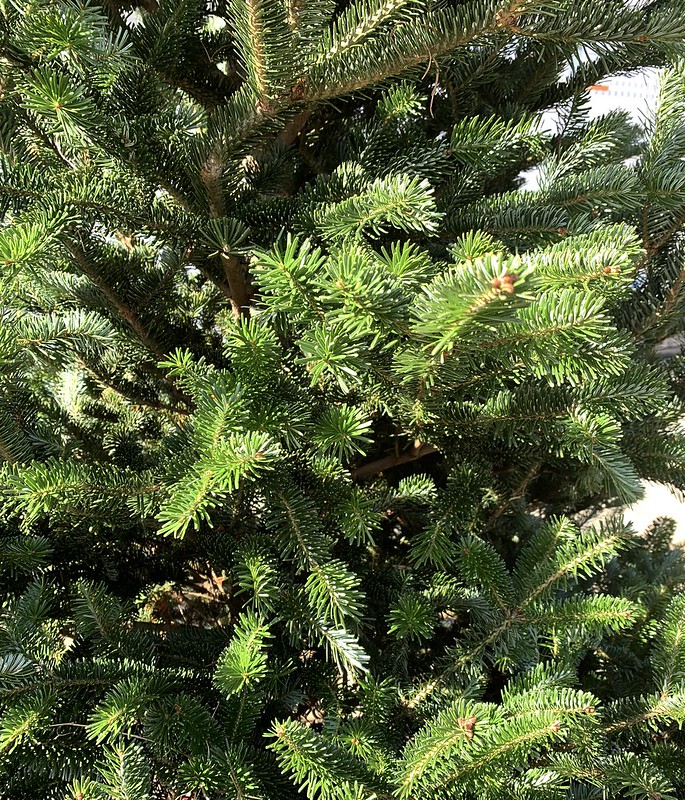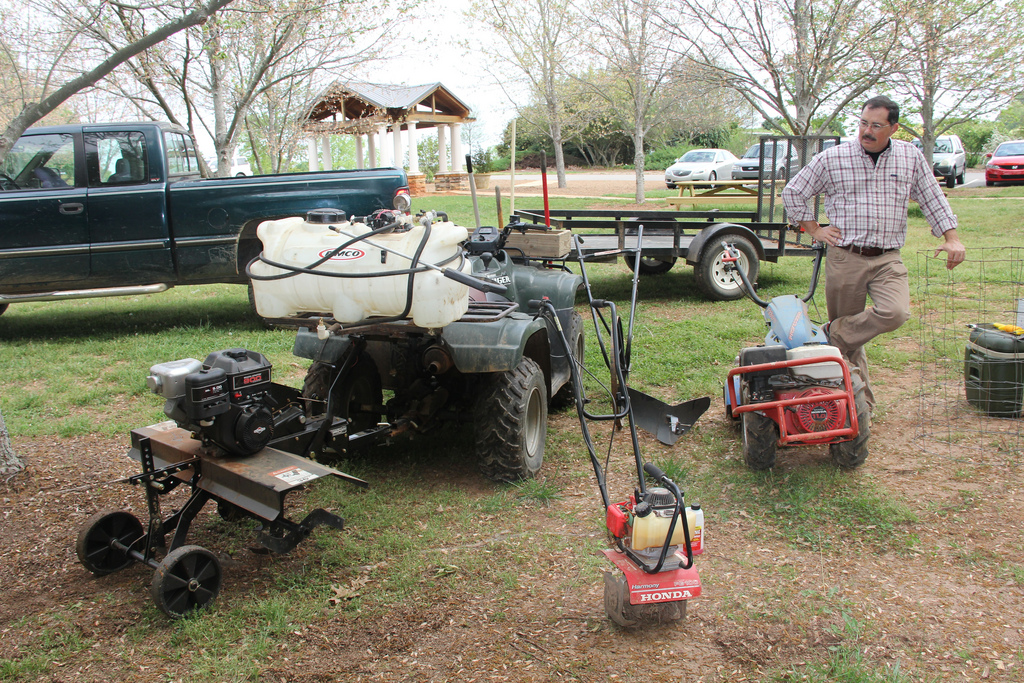Following weeks of rain across many parts of the Peach State and more in the forecast, many Georgians find themselves dealing with flooded basements, backed-up septic systems, standing water, mold, mud, mud and more mud.
University of Georgia Cooperative Extension Housing Specialist Pamela Turner offers the following tips for how to stay safe and begin cleanup after a flood event.
Playing in mud puddles may be a part of every adult’s childhood memories, but seemingly safe water can be dangerous. Moving water 6 inches deep can sweep you off your feet. The water also may be electrically charged from underground or downed power lines.
Use extra care when driving roads where floodwaters have receded and may have weakened road surfaces. Stay away from and report downed power lines and disaster areas unless authorities ask for volunteers. For safety’s sake, photo identification may be required to enter flooded areas.
Wash your hands frequently with soap and clean water if you come in contact with floodwaters. Throw away any food that has come in contact with floodwaters. Floodwaters may be contaminated by oil, gasoline or raw sewage.
If your home was damaged by floodwaters, call your insurance agent. Take photos of the damage to your home and belongings. Keep records of all cleanup and repair costs. Don’t throw away damaged goods until an official inventory has been taken.
Mold can start to grow within 24 hours after a flood. It is important to dry out the area as quickly as possible.
Some items may need to be discarded if they cannot be cleaned and dried completely within 24 to 48 hours.
When cleaning, be sure to wear personal protective equipment. This includes a N-95 or higher rated respirator, rubber gloves and protective eyewear.
Items should be cleaned with a barely damp cloth and a solution of water and mild nonphosphate detergent or cleaner. If the mold was caused by contaminated water, the area should be disinfected with a solution of 0.5 to 1 cup of household chlorine bleach mixed in 1 gallon of water. (Never mix bleach with ammonia or acids such as vinegar or lemon juice.)
Before using the cleaning solution, test it on an inconspicuous part of the item. If the surface could be damaged, use a milder disinfectant such as hydrogen peroxide. Do not use bleach on metals or near the air conditioning system.
After cleaning, provide lots of space around the item for good air circulation. Help items dry quickly by using fans to circulate the air. Disinfectants can kill mold, but drying thoroughly is key to preventing new growth.
For more information, read the Centers for Disease Control and Prevention’s guide to mold cleanup after disasters at www.cdc.gov.

